Gorkha Earthquake and Lessons to be Learned
1. Background:
Many experts had believed Nepal was overdue a major earthquake (7+ on the Richter scale). As expected, on Saturday 25th April 2015, at 11:56 local time, a massive 7.6 magnitude earthquake struck Nepal, with the epicenter in Barpak, Gorkha. The hypocenter was measured to be at the depth of approximately 15 km.

The quake continued for 56 seconds. The earthquake was followed by hundreds of aftershocks, including a 6.8 magnitude earthquake on 26th April 2015 at 13:02 local time and the other one of 6.7 magnitude earthquake on 12th May 2015 at 12:50 local time. It was the most powerful earthquake to strike Nepal since the 1934 Nepal-Bihar earthquake. This earthquake has killed more than 8,600 people and damaged properties worth billions of rupees across the country. This was tragic but is not an unexpected event.
2. Seismic Risk:
As Nepal lies in the Himalayan region. there is always a high seismic risk in Nepal. Nepal is situated in the highly soismically active Himalayan mountain belt dominated by the northward movement of the lndian tectonic plate towards and below the Eurasian tectonic plate. Every year. lndian plate is pushing Tibetan plate (Eurasian plate) at the rate of 40 mm. This movement creates pressure within the Earth. which builds up and can only be released through fault lines creating earthquakes. This is how earthquakes can happen in Nepal. A United Nations Development Programme (UNDP) study ranks Nepal as the 11th most vulnerable country to earthquake risk. and another study ranks Kathmandu first amongst the world'sost earthquake vulnerable cities.
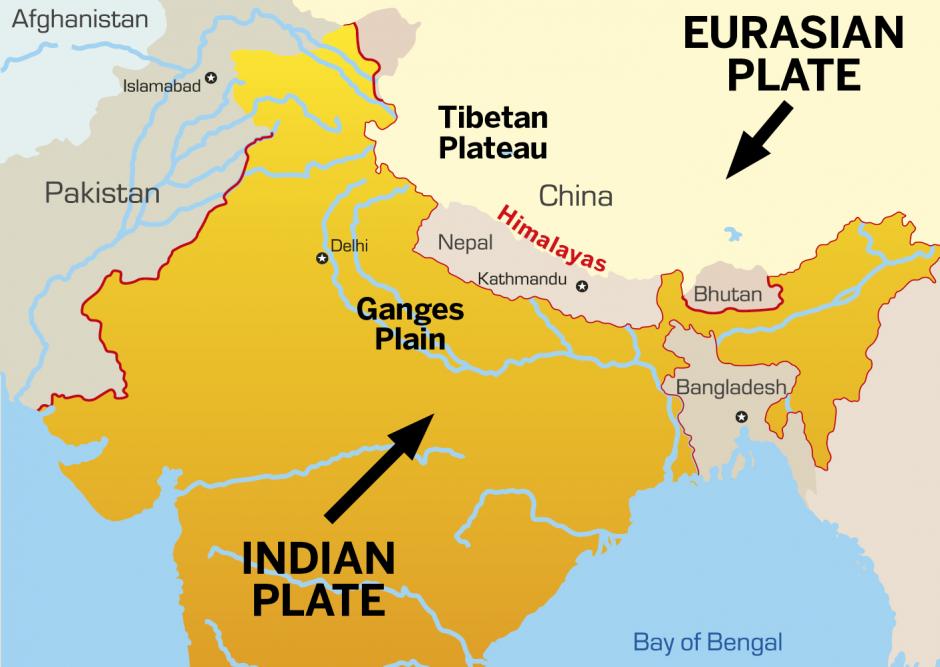
This was the major earthquake in Nepal in the timespan of 82 years since the Nepal-Bihar earthquake of 1944(B.S 1990, magh 2). But this does not mean that the next major earthquake will not occur for the next 60 years or so. The whole Himalaya (from Bhutan to Afghanistan) is Prone to earthquake and on this basis, the Tibet next earthquake may hit Nepal at any time. Unfortunately, no One can predict the time and place (epicentre) of earthquake.
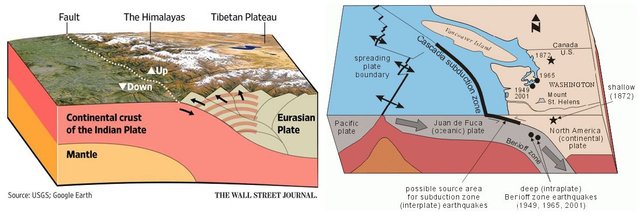
3.How can we be prepared?
Earthquake does not klll People, It Is the poorly built structures and sloped ground, whlch collapse during earthquake and kill us. So, earthquake preparedness comes lnto three stages l.e before, during and after the earthquake.
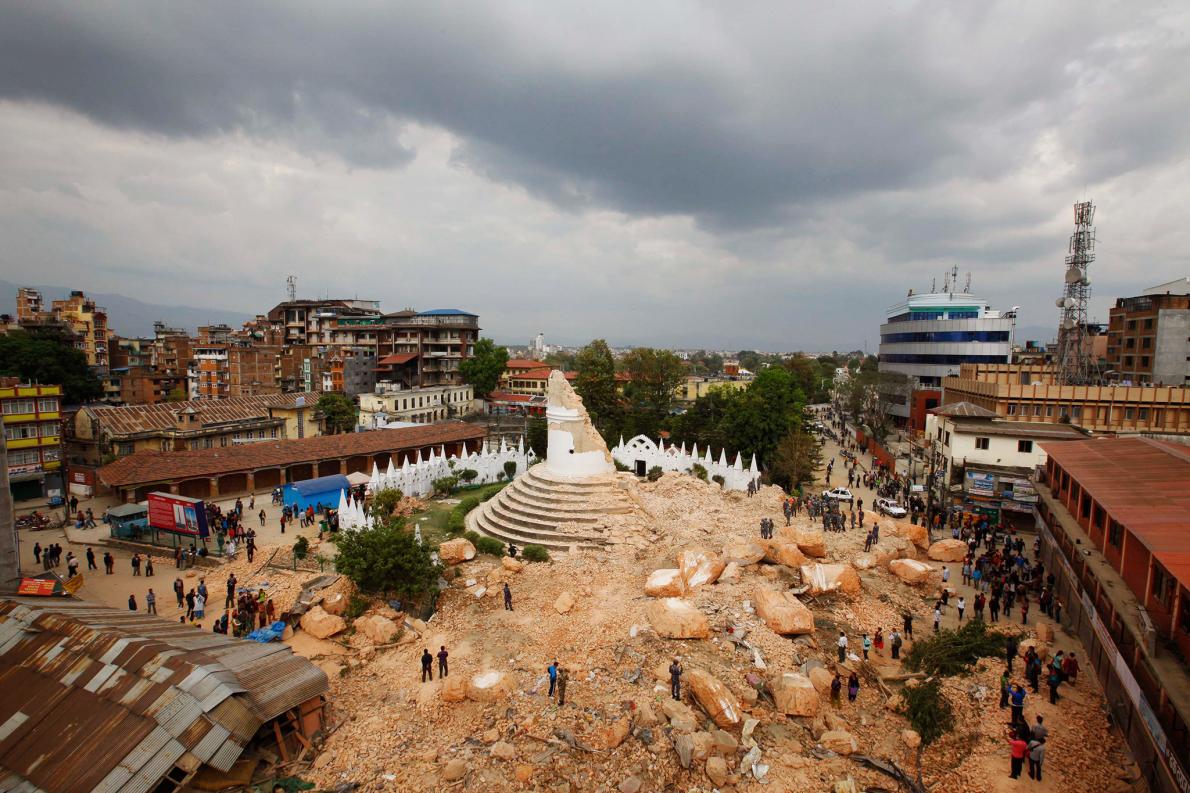
3.1 Before the Earthquake:
This Is the most Important part to be safe from earthquakes. As mentioned before, most deaths in earthquake, are caused due to the collapse of buildings and structures. So, a due attention must be given before the construction of your building. Any structures (Building, School, Hospital, Bridge etc.) can be made Earthquake Resistant (ER) and it is far enough to save your life from the earthquake event. For this, one should consult qualified engineers before the construction of building. One should consult Geotechnical Engineer, Structural Engineer and Civil Engineer to make ER buildings. Further, if you want your building to be aesthetically sound, you may then require to consult Architect Engineer. But this aesthetic plan must come and be ready prior to consult Geotechnical and Structural Engineers. The construction site (soil) must be assessed for its suitability for the proposed building and for other gee-hazards. Most buildings in Kathmandu are found to have collapsed and damaged due to poor soil on the recent April 2015 Gorkha Earthquake, which could have been averted if the construction site (soil) had been assessed prior to the design and construction of buildings. The wrong perception among mass peeple being is that It becomes quite expensive for making ER buildings. Indeed, it is partially true and is not as expensive as you invest for unnecessary decoration inside your room but is worth to invest because it saves you and your family during earthquake. Also know your safe places (corner of room, beam, column, robust table) inside the building and outside the building (nearest open area).
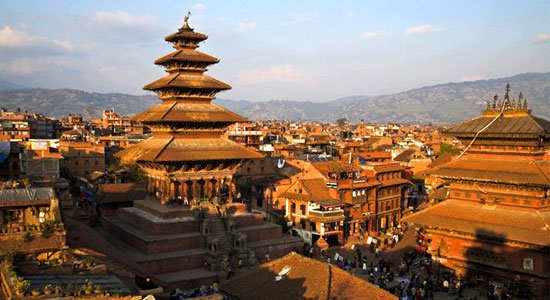
3.2 During the Earthquake:
During earthquake, one should not be panic. if you are inside the building at the time of earthquake, firstly you should try to come to open ground if it is possible. For example, if you are on the ground floor of the building and if you can come out of the building within few seconds to the open area, then it is advised to come out of the building. But if you are on the third floor or top of the building at the time of earthquake, then it is advised not to come out of the building until shaking is over. instead, you should practice “Drop, Cover and Hold", thus try to protect you from falling objects. Avoid staircases and openings (doors, windows) of buildings as these are the most vulnerable areas during earthquake. Don't leap from windows and floors.
3.3 After the Earthquake:
Once the main shock ceases to vibrate, you should come out of the building and assemble to open place as quick as possible and should await aftershocks. if someone is trapped inside the debris, an operation for "Search & Rescue" should be started as early as possible. The early action may save lives of injured people. While doing this, one should be prepared for aftershocks as well. An emergency supplies (Tents, foods, water, medicine etc.) should be supplied at the earliest to the affected people and area.
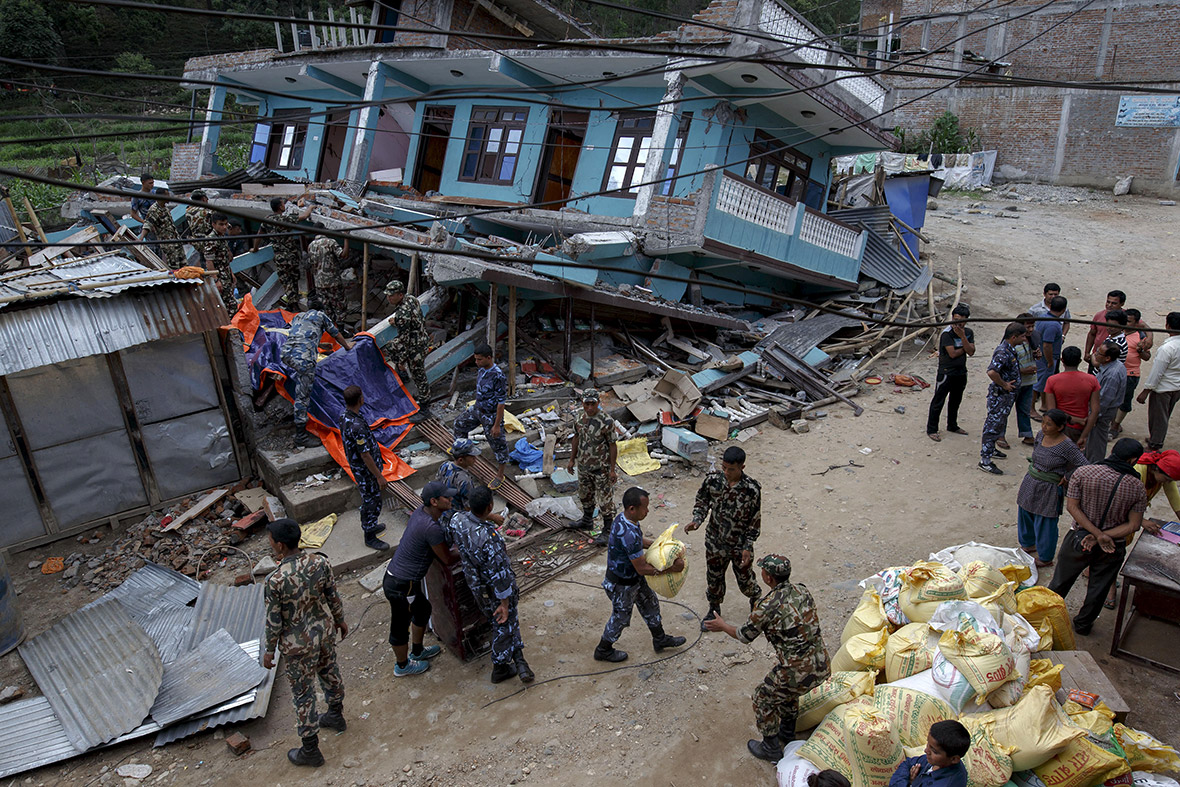
4. Summary:
As Nepal lies in the Himalaya, which is highly seismically active zone, there is always possibility of earthquakes in future. Unfortunately, earthquakes can not be predicted, hence it is suggested not to go after rumors. if someone’s prediction matches to be real, then it is the coincidence only. The best way to be safe from earthquake is to get prepared for future earthquakes. We should not get afraid of earthquake but instead, we should learn to live with earthquake knowing the fact that it is a natural process of earth and can not be stopped. For this, think before the earthquake, stay safe during the earthquake and support after the earthquake.
deep research garya hola vaneko tw..arule info provide po garya raixa..tei pani kada xa
Kaha bro kada research xa ni .. yehi manxe lai sodheko ni research nai ho...
Really a disaster, we all remember the day of 25th and it lasts for some days with regular interval. One of my friend from nepal was there at that time, she still get horrified by remembering that time of her life.
Very beautifully presented @lalu24
Nice article mate. Well put together. Don't forget to provide references for content and images.